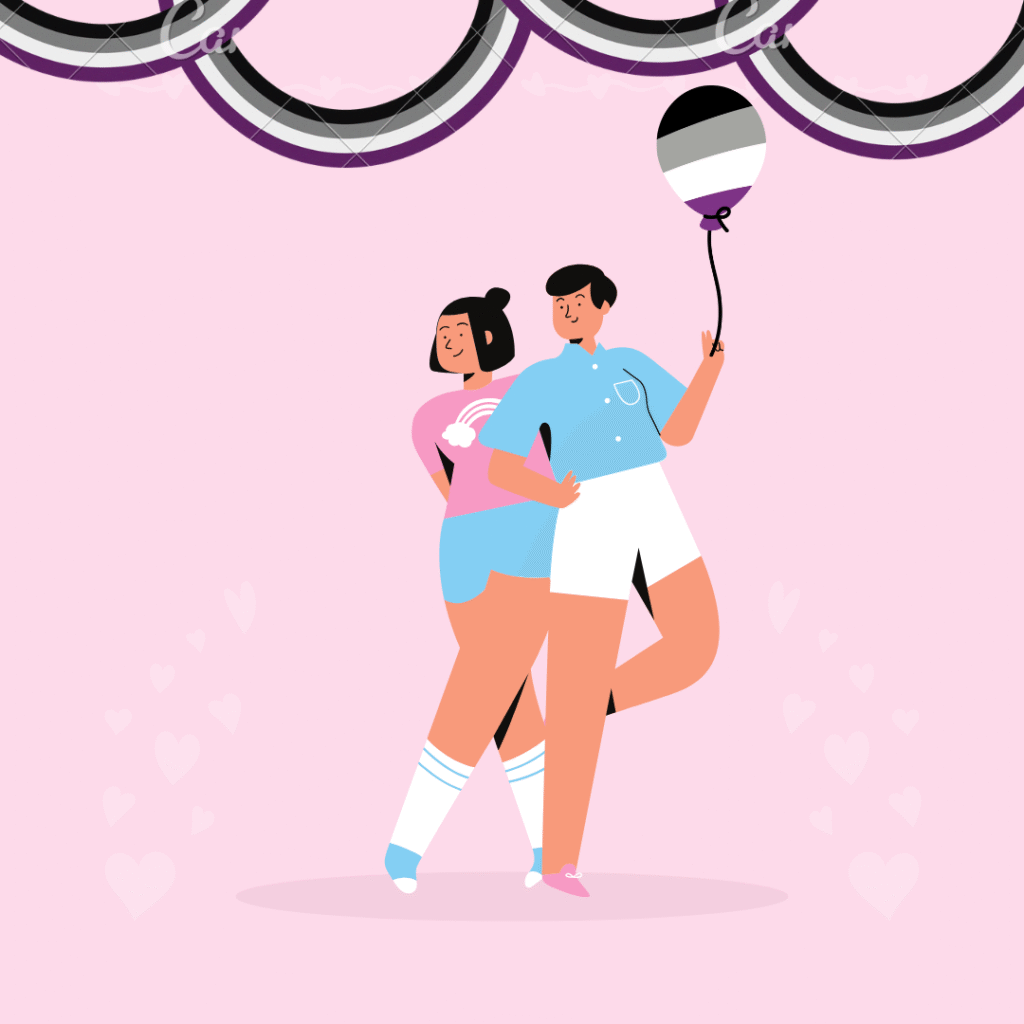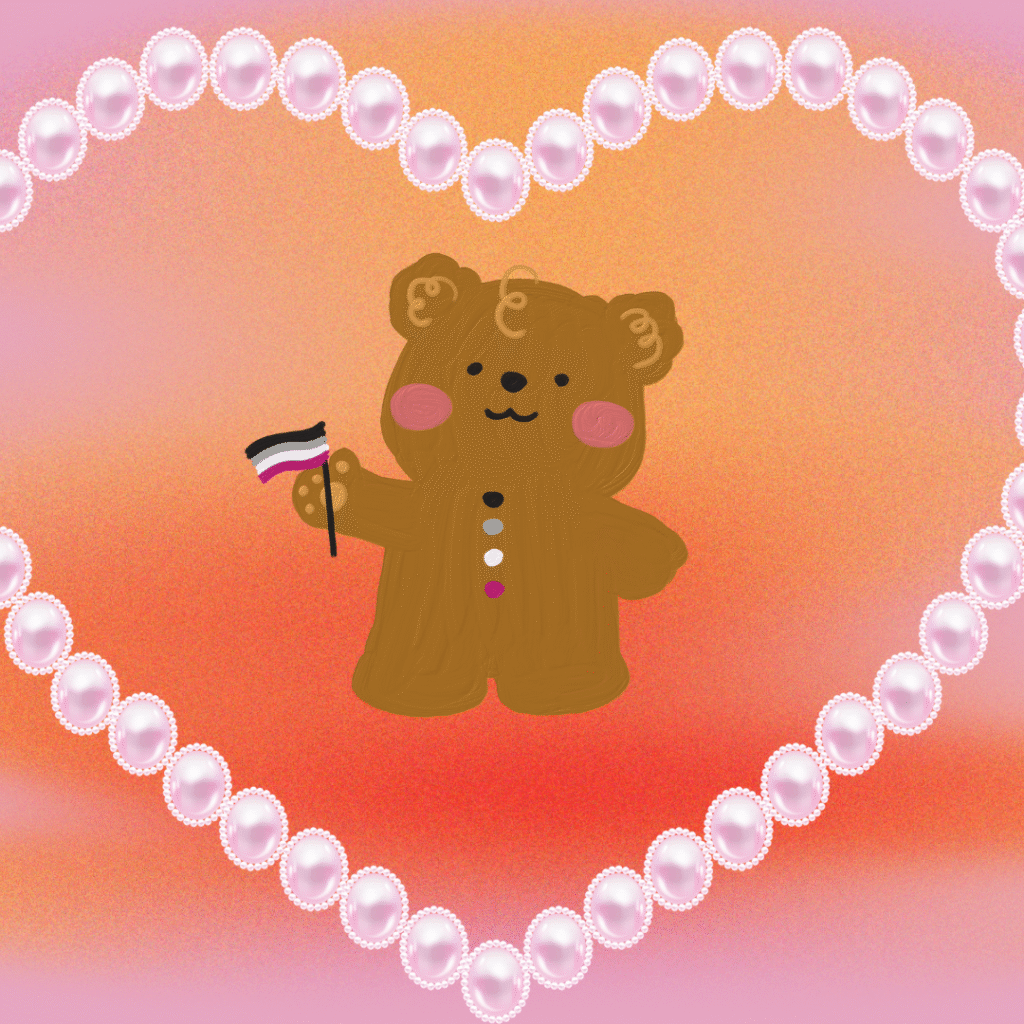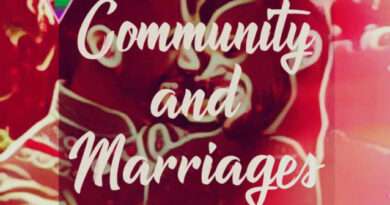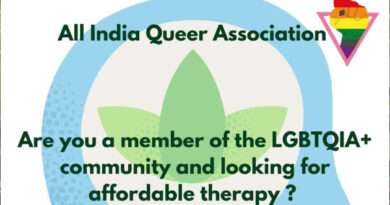Asexuality, Gender, and the Struggle for Recognition
Asexual experiences are frequently denied, dismissed and overwritten. Asexual people
face specific harms and violences in terms of their capacity to know, to speak and to be
heard in relation to their subjectivities and lived experiences. Their reality is is not
believed.
These experiences are heavily gendered. Asexual women and non binary people are
subjected to epistemic injustices in ways that their male counterparts are not because of
heteropatriarchy. These epistemic injustices revolved around old yet prevailing
constructions of femininity and womanhood as naturally asexual, passive, and lacking
agency. When asexual men experienced epistemic injustice but it was rooted in familiar
understandings of masculinity as an active and desiring sexuality.
We must first clearly define epistemic injustice. Epistemic meaning relating to
knowledge and to knowing is an important dimension of oppression and marginalization.
Black feminists have long been writing on how knowledge comes to be formed, who is
heard and afforded credibility, who is ignored and doubted, must be understood as part
of the power relations of white supremacy, heteropatriarchy, capitalism and colonialism.
Epistemic injustice is harm perpetuated against marginalized groups specifically in
relation to knowledge, and in their capacity as knowers, something known too well to
asexual and aromantic communities.

In the realms of health care and medicine, epistemic injustices are often perpetuated
against particular kinds of bodies and patients such as pregnant women and those
experiencing mental distress. Within the fields of gender and sexualities studies,
transgender people experience gaslighting wherein they are made to second guess
their realities. In similar vein, autistic people are denied capacity in sex education.
Denial, disbelief, and dismissal are common reaction to an asexual coming out. We are
told by others we were confused, we had not yet met the right person, it was just a
phase, we were late bloomers, it was a disorder, or that asexuality simply did not exist.
These experiences could be so powerful and prevalent that coming out, even to
allosexual queer people, is a risk. It is a systemic wrong being perpetuated related to
wider power structures, rather than a transaction between individuals, where one may
simply be prejudiced or lack understanding.
Asexual women and non binary people are often lauded for waiting for true love or right
man. Their narratives no longer belongs to them. Asexual experiences are disregarded
in favour of a more legible heteronormative script, that is, the idea that they as women,
or people who are socially misread as women, are just waiting for Mr Right. These
assertions made gender minority vulnerable to corrective rape. Asexual women are
denied right to express their asexuality as it is misbelieved women are inherently not
interested in sex. Men claim to know about women’s disinterest better and often see it
as a challenge to cure them through force.
Women are also accused of being frigid in relation to their asexuality. I’ve often been
perceived as frigid autistic bitch who isn’t mentally stable to recognize her sexuality.
Though I get stereotyped more often in feminine terms of being innocent and waiting for
true lover. Before I was to perform a poem on asexuality on International Asexuality
Day, a man explained that I looked too serious about it. Frigidity has always been
weaponized against women who do not respond in the appropriate male defined ways.
It can be women who refused sex with their husbands, or women who experienced no
sexual desire for men, or even women who were unable to orgasm through penetration
by a penis.

But asexuality is still seen as a challenge men need to overcome. Sexual pursuit
becomes normal, natural, and necessary duties related to toxic masculinity. The very
idea peeceives women as objects to be conquested in a heteronormative format. From
being accused for percasive sexual desires to being seen of a supressed gay man,
asexual men don’t thrive a lot better than their women counterparts.
The Idea that people might experience little to no sexual attraction all too often seems
incomprehensible in a culture where sexuality is compulsory. Representation is still
denied to the asexual community. However, not all asexual people are not equally
affected. Women and those that are read socially as women, are much more so,
because of the operation of power relations under heteropatriarchal setup.
Sources-
Alcoff, L. M. (1991). The problem of speaking for others.
Bogaert, A. F. (2004). Asexuality: Prevalence and associated factors in a national
probability
Brotto, L. A., & Yule, M. A. (2011). Physiological and subjective sexual arousal in self-
identified asexual women.
Cacchioni, T. (2015). The Medicalization of Sexual Deviance, Reproduction, and
Functioning.
Carrigan, M. (2011). There’s more to life than sex? Difference and commonality within
the asexual community.
Cerankowski, K. J., & Milks, M. (2014). Asexualities: Feminist and Queer Perspectives.
Collins, P. H. (2000). Black Feminist Thought: Knowledge, Consciousness, and the
Politics of Empowerment.
Cuthbert, K. (2017). You Have to be Normal to be Abnormal: An Empirically Grounded
Exploration of the Intersection of Asexuality and Disability.
Cuthbert, K. (2019). “When We Talk about Gender We Talk about Sex”: (A)sexuality and
(A)gendered Subjectivities.
Decker, J. S. (2014). The invisible orientation: An introduction to asexuality.
Gupta, K. (2019). Gendering asexuality and asexualizing gender: A qualitative study
exploring the intersections between gender and asexuality.



